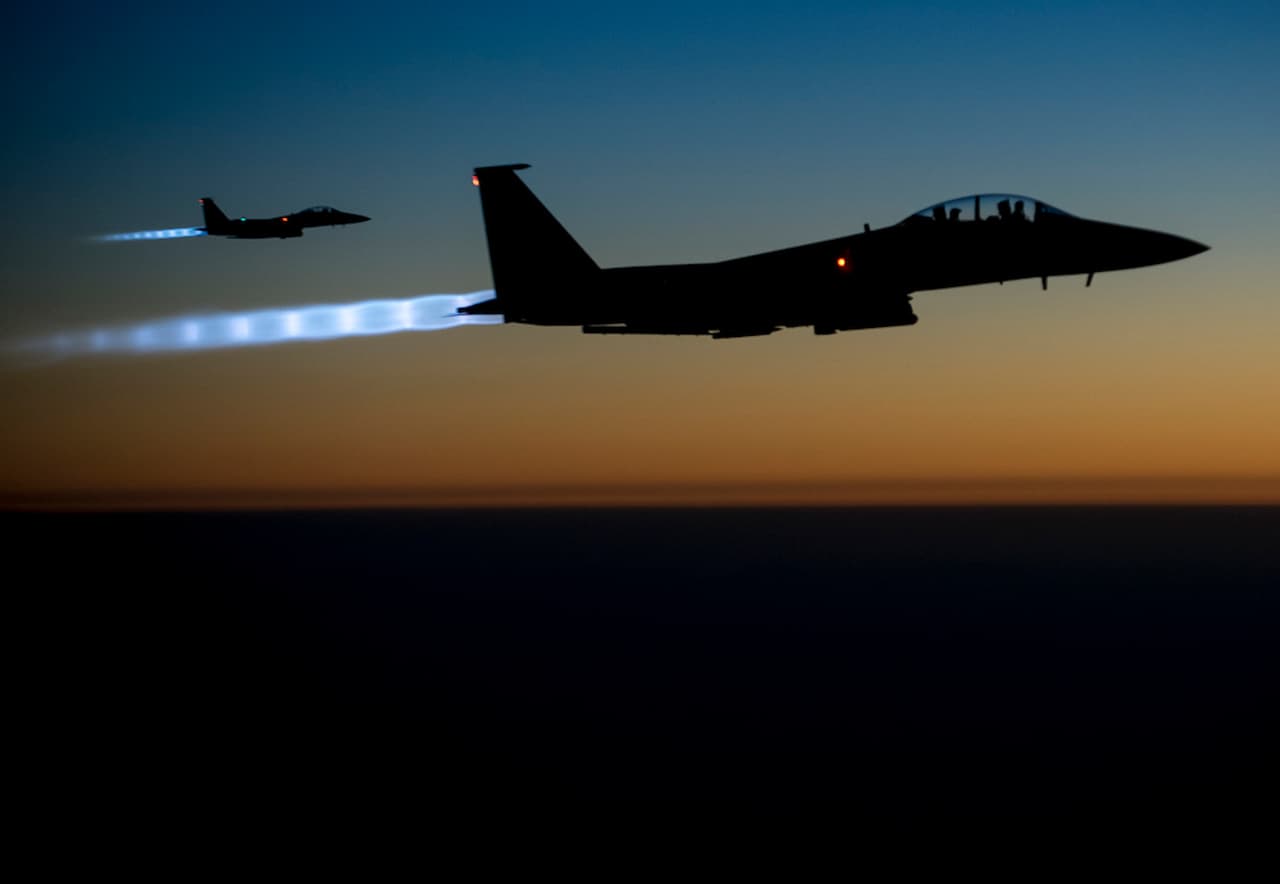
Threefold rise in civilian casualties from US air strikes in Afghanistan
The number of civilians injured or killed in US air strikes in Afganistan has almost tripled in the first six months of this year compared to the same period last year, according to the UN.
Figures from the UN Assistance Mission in Afghanistan (UNAMA) show the number of civilian casualties from US strikes rose from 158 in the first half of 2018 to 430 in the same period in 2019.
The total number of civilian casualties from air strikes in the country rose by 39%, to 519. The US was responsible for more than 80% of those casualties, according to UNAMA, a sharp increase from 45% in the same period in 2018.
This is the first time since 2015, when the Afghan Air Force took over primary responsibility for air support, that the US has been responsible for more civilian harm from air strikes. Afghan forces were blamed for just 9% of civilian casualties from strikes so far this year. The US has rejected UNAMA’s findings.
Among the civilian casualties recorded by UNAMA so far this year are ten children, all members of the same family, who were killed with at least three others in a US strike in Kunduz.
The strike was called in after an Afghan soldier, described by officials as a Taliban insider, opened fire on US troops, deliberately provoking a firefight between the allies that lasted 20 minutes, The New York Times reported.
When the US called in air support, one of the strikes hit a house where the family were staying. All refugees, they had moved to the home a month earlier.
A spokeswoman for NATO Resolute Support, Sgt 1st Class Debra Richardson, confirmed that this was a US airstrike, but said that they had not yet confirmed whether it killed or injured civilians.
The rising rate of US strikes could explain why they are responsible for more civilian casualties than their Afghan partners.
There has been a noticeable uptick in US strikes in Afghanistan. This May, figures from the US showed the highest number of strikes they have publicly declared in a single month since the Bureau started monitoring the conflict in 2015.
The Bureau’s Shadow Wars Dispatch
Subscribe to the Shadow Wars newsletter and hear when our next story breaks.
The escalation of air strikes is probably part of US efforts to force the Taliban to negotiate. Both sides of the 18-year conflict are waging aggressive operations to strengthen their hands in the Doha peace process.
The US campaign in Afghanistan has grown increasingly reliant on air strikes. Since the Trump administration relaxed the rules of engagement in the country in 2017, civilians have been more at risk. The shift removed certain constraints on the use of airpower, such as a requirement that restricted strikes based on their proximity to US or Afghan forces.
Colonel Sonny Leggett, a spokesman for the US military, rejected UNAMA’s methods and findings.
“We assess and investigate all credible allegations of non-combatant casualties in this complex environment whereas others intentionally target public areas, use civilians as human shields and attempt to hide the truth through lies and propaganda. Our evidence collection is more thorough, evidentiary and accurate than UNAMA’s,” he said.
Header image shows US F15 strike jets. Credit: Senior Airman Matthew Bruch/US Air Force
Our Shadow Wars project was funded by the Open Society Foundation and the Joseph Rowntree Charitable Trust. None of our funders have any influence over the Bureau’s editorial decisions or output.


